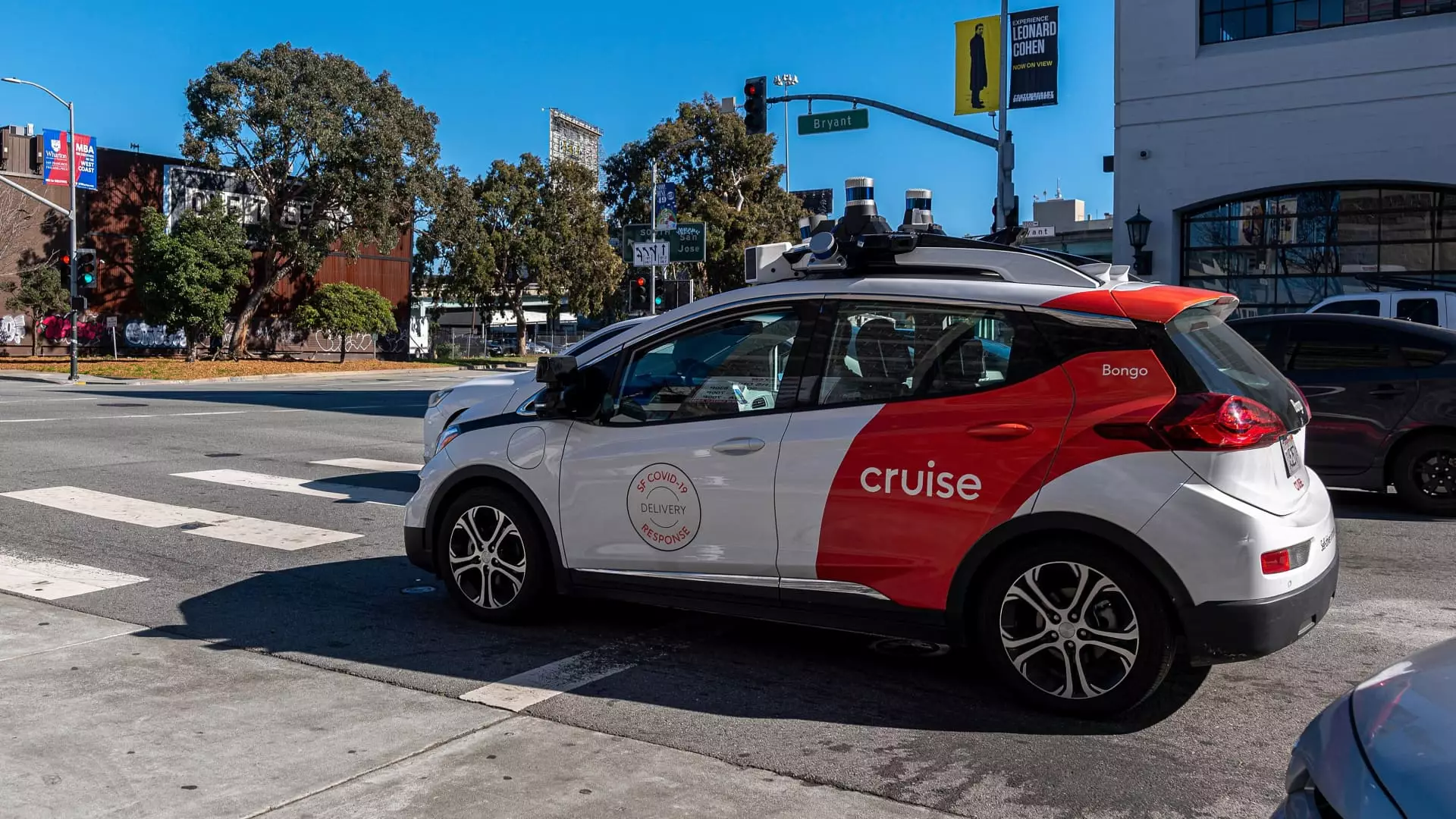General Motors’ Cruise self-driving vehicle unit is set to redeploy cars on U.S. roadways on Tuesday for the first time since October. The relaunch will begin with a small fleet of human-driven vehicles in Phoenix, marking a significant step for the company after a pause in operations following an accident in San Francisco.
The redeployed vehicles will no longer function as robotaxis but will instead focus on creating maps and gathering road information in select cities, starting with Phoenix. Cruise expressed its intention to eventually resume driverless operations, but has not provided a specific timeline for this transition. Furthermore, there is no announcement regarding the expansion of human-driven vehicles to other cities at this time.
Cruise emphasized that the decision to pause operations in October 2023 was driven by a desire to rebuild trust with regulators and communities, as well as to enhance safety measures within the organization. The company highlighted the progress made under new leadership, recommendations from experts, and close collaboration with local communities. Cruise views this process as an ongoing effort to improve its self-driving systems.
A thorough third-party investigation into the October incident and its aftermath, commissioned by GM and Cruise, revealed underlying culture issues, incompetence, and leadership shortcomings that contributed to regulatory oversights leading up to the accident. While there were allegations of a coverup by Cruise leadership, the probe did not find any evidence supporting these claims. Cruise has accepted the conclusions of the report and committed to implementing all recommendations.
Following the October 2 accident, Cruise has been cooperating fully with investigations by state and federal agencies, including the California DMV, the California Public Utilities Commission, the National Highway Traffic Safety Administration, the U.S. Department of Justice, and the Securities and Exchange Commission. These inquiries are part of the company’s efforts to address the circumstances surrounding the incident and prevent similar occurrences in the future.
In addition to the operational pause, Cruise has undergone significant restructuring at the leadership level. Co-founders, including CEO Kyle Vogt, have resigned, and nine other leaders have been removed from their positions. The company also made the decision to lay off 24% of its workforce, along with a number of contractors, as part of its reevaluation and realignment strategy.
Overall, the revival of General Motors’ Cruise self-driving unit represents a pivotal moment in the company’s journey towards reestablishing trust, enhancing safety measures, and advancing its autonomous technology. By prioritizing transparency, cooperation with authorities, and internal improvements, Cruise aims to regain its momentum in the self-driving vehicle industry.


Leave a Reply